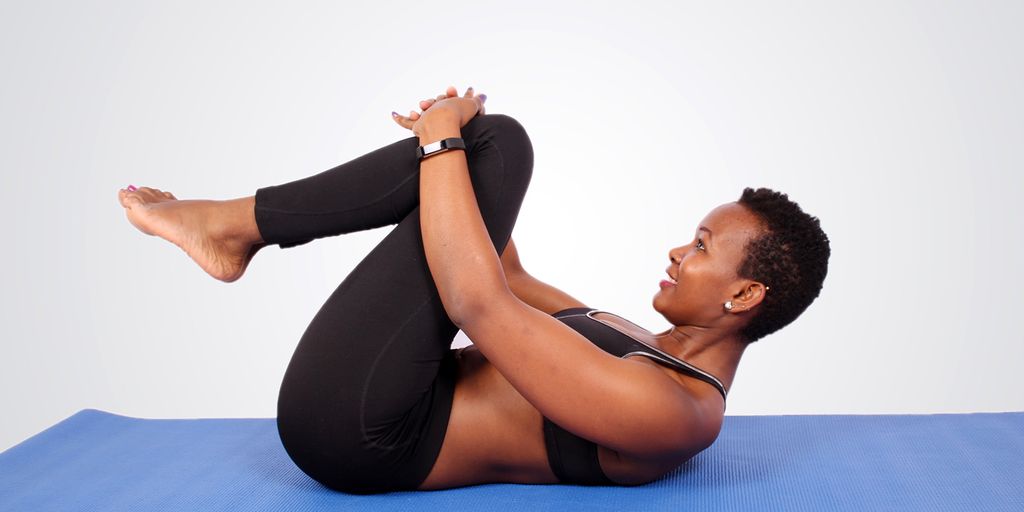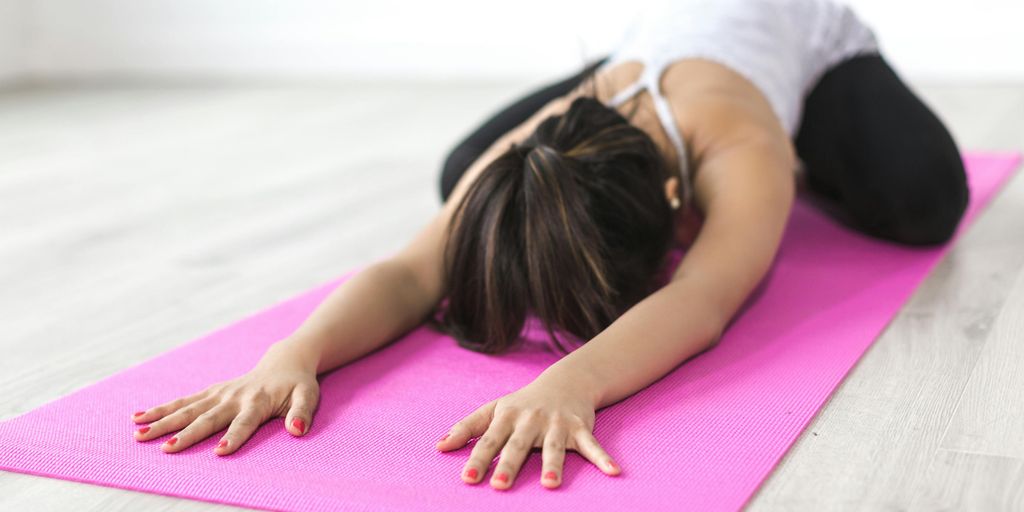
Preventing Injuries: How to Stop Slipping on Your Yoga Mat
Slipping on your yoga mat can be a frustrating and potentially dangerous experience, disrupting your practice and increasing the risk of injury. Understanding the causes of slipping and implementing effective strategies can help you maintain stability and focus during your yoga sessions. In this article, we will explore various factors that contribute to slipping on yoga mats and provide practical solutions to prevent it, ensuring a safer and more enjoyable practice.
Key Takeaways
- Choose a yoga mat with the right material, texture, and thickness to enhance grip and stability.
- Implement regular cleaning and maintenance routines to keep your yoga mat free from sweat and moisture.
- Utilize accessories like yoga towels, grip socks, and mat sprays to improve traction during your practice.
- Practice proper hand and foot placement, engage your core muscles, and adjust poses to reduce slipping.
- Consider the environment, including the surface, temperature, and humidity, to create a safe and slip-free practice space.
Understanding the Causes of Slipping on Your Yoga Mat
Material and Texture of the Mat
The material and texture of your yoga mat play a crucial role in preventing slips. Some materials offer better grip than others, and the texture can provide additional traction. For instance, mats made from natural rubber or those with a textured surface can help you stay safe and healthy during your practice.
Sweat and Moisture Accumulation
Sweat and moisture accumulation on your mat can make it slippery. It's essential to use a mat that can absorb moisture or to have accessories like yoga towels to manage sweat. This helps in maintaining a firm grip and prevents accidental slips.
Improper Cleaning and Maintenance
Improper cleaning and maintenance of your yoga mat can lead to a buildup of dirt and oils, which can make the surface slippery. Regular cleaning practices are necessary to ensure that your mat remains in good condition and provides the necessary traction. Replace worn-out mats with new ones to ensure safety during your practice.
Consistent maintenance and choosing the right materials can significantly reduce the risk of slipping on your yoga mat, allowing you to practice yoga safely and effectively.
Choosing the Right Yoga Mat to Prevent Slipping
Material Options for Better Grip
When selecting a yoga mat, the material plays a crucial role in preventing slips. Natural rubber mats are known for their excellent grip and durability. Other options include PVC, TPE, and cork, each offering unique benefits for different preferences.
Thickness and Density Considerations
The thickness and density of your yoga mat can significantly impact your stability. A mat that is too thick may cause imbalance, while a very thin mat might not provide enough cushioning. Ideally, a mat with medium thickness (around 4-6mm) offers a good balance between comfort and stability.
Eco-Friendly and Non-Toxic Choices
For those concerned about the environment, eco-friendly mats made from natural materials like jute or organic cotton are excellent choices. These mats are not only sustainable but also free from harmful chemicals, ensuring a safer practice. Eco-conscious yogis often prefer these options for their minimal environmental impact.
Choosing the right yoga mat is essential for a safe and effective yoga practice. Consider the material, thickness, and eco-friendliness to find the perfect mat for your needs.
Effective Cleaning Techniques for a Non-Slip Yoga Mat
To maintain a non-slip surface on your yoga mat, it is essential to establish a regular cleaning routine. Daily cleaning practices involve wiping down the mat with a gentle solution to remove sweat and dirt buildup. For a deeper clean, consider using natural cleaning solutions that are effective yet gentle on the mat material. Proper maintenance not only enhances grip but also prolongs the lifespan of your yoga mat. Remember to avoid harsh chemicals that can degrade the mat's texture and grip over time.
Using Accessories to Enhance Grip on Your Yoga Mat
Yoga Towels and Rugs
Yoga towels and rugs are excellent accessories to enhance grip on your yoga mat. They are designed to absorb sweat and provide a textured surface that prevents slipping. Using a yoga towel can be particularly beneficial during hot yoga sessions where sweat accumulation is high. Simply place the towel over your mat, and it will help maintain a stable practice environment.
Grip Socks and Gloves
Grip socks and gloves are another effective solution to prevent slipping. These accessories come with non-slip surfaces that provide additional traction. They are especially useful for practitioners who struggle with maintaining grip due to sweaty hands or feet. Wearing grip socks and gloves can significantly improve your stability and confidence during poses.
Mat Sprays and Solutions
Mat sprays and solutions are designed to enhance the grip of your yoga mat. These products can be sprayed directly onto the mat to create a stickier surface. When choosing a mat spray, opt for natural ingredients to avoid harsh chemicals. A DIY yoga mat cleaner can also be an effective option. It helps cleanse your mind and body with a DIY yoga mat cleaner, improve grip and performance, and prolong mat lifespan. Regular use of these sprays can make a noticeable difference in your practice.
Practicing Techniques to Reduce Slipping During Yoga
Proper Hand and Foot Placement
Properly position your hands and feet to create a stable base. Spread your fingers wide and press down through your fingertips to increase grip. Similarly, ensure your feet are firmly planted, with toes spread out for better balance.
Engaging Core Muscles
Engaging your core muscles can significantly improve your stability and reduce the chances of slipping. A strong core helps distribute your weight evenly and maintains your center of gravity.
Adjusting Poses for Better Stability
Adjust your poses to enhance stability. For instance, in standing poses, keep a slight bend in your knees to lower your center of gravity. Use techniques like anti-slip underlays to prevent slipping and maintain balance. Layer additional mats or use props to support your practice.
Consistent practice and mindful adjustments can make a significant difference in preventing slips and ensuring a safer yoga experience.
Maintaining Your Yoga Mat for Long-Term Use
Regular Inspection and Replacement
To ensure your yoga mat remains in optimal condition, it's crucial to perform regular inspections. Look for signs of wear and tear, such as thinning areas or frayed edges. If you notice any significant damage, it might be time to replace your mat to maintain safety and performance.
Storing Your Mat Correctly
Proper storage is essential for the longevity of your yoga mat. Always roll your mat with the top side facing out to prevent curling edges. Store it in a cool, dry place away from direct sunlight to avoid material degradation. Using a yoga mat bag can also protect it from dust and dirt.
Avoiding Common Damaging Practices
Certain practices can significantly reduce the lifespan of your yoga mat. Avoid using harsh chemicals or abrasive materials when cleaning your mat. Instead, opt for a microfiber cloth, the soft side of a sponge, or an old cotton t-shirt to scrub your yoga mat clean. Additionally, refrain from wearing shoes on your mat to prevent punctures and tears.
Consistent care and mindful practices can extend the life of your yoga mat, ensuring a safe and enjoyable practice for years to come.
Understanding the Role of Environment in Slipping on Yoga Mats
The environment in which you practice yoga can significantly impact your stability and safety on the mat. Choosing the right surface is crucial to prevent slipping. Hard, smooth surfaces can make your mat slide, while a slightly textured floor can provide better grip.
Managing room temperature and humidity is another important factor. High humidity can cause sweat to accumulate more quickly, making your mat slippery. Conversely, a very dry environment might make your mat less sticky, reducing grip.
Creating a safe practice space involves ensuring there are no obstacles around you that could cause you to trip or lose balance. This includes keeping the area clean and free of clutter.
To find your balance with the best non-slip yoga mat, consider the benefits of improved stability, enhanced grip, safety, comfort, and durability. When choosing a mat, consider material, thickness, texture, and size.
Understanding the role of environment in slipping on yoga mats is crucial for a safe and effective practice. Factors such as humidity, surface texture, and material quality can significantly impact your grip and stability. To explore a wide range of high-quality yoga mats designed to enhance your practice, visit our website today!
Conclusion
Preventing injuries during yoga practice is crucial for maintaining a consistent and effective routine. By addressing the issue of slipping on your yoga mat, you can enhance your safety and focus on your practice. Remember to choose a high-quality mat, maintain it properly, and use additional accessories like towels or grip-enhancing sprays if necessary. With these precautions, you can enjoy a more stable and injury-free yoga experience. Stay mindful, stay safe, and keep practicing.
Frequently Asked Questions
Why do I keep slipping on my yoga mat?
Slipping on a yoga mat can be caused by factors such as the material and texture of the mat, sweat and moisture accumulation, and improper cleaning and maintenance.
What materials provide the best grip for yoga mats?
Materials like natural rubber, polyurethane, and certain types of PVC are known for providing better grip and reducing the chances of slipping.
How often should I clean my yoga mat to prevent slipping?
It's recommended to clean your yoga mat after each use with daily cleaning practices and perform a deep cleaning at least once a month.
Can I use natural cleaning solutions on my yoga mat?
Yes, using natural cleaning solutions like a mixture of water and vinegar or essential oils can effectively clean your mat without damaging it.
What accessories can help enhance grip on my yoga mat?
Accessories such as yoga towels, grip socks and gloves, and mat sprays can significantly enhance grip and reduce slipping.
How can I improve my stability during yoga practice?
Improving stability can be achieved by proper hand and foot placement, engaging core muscles, and adjusting poses for better balance and support.


